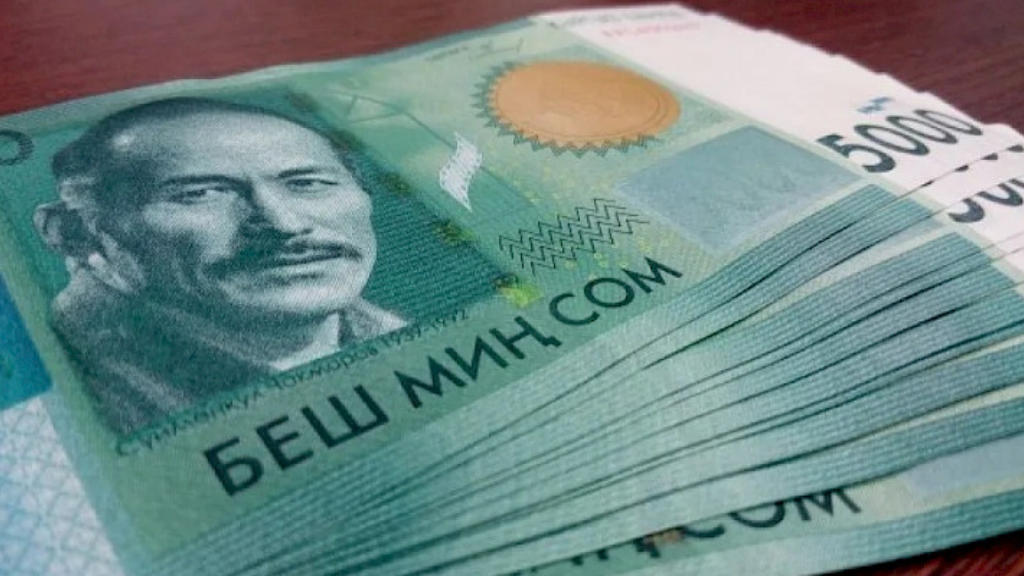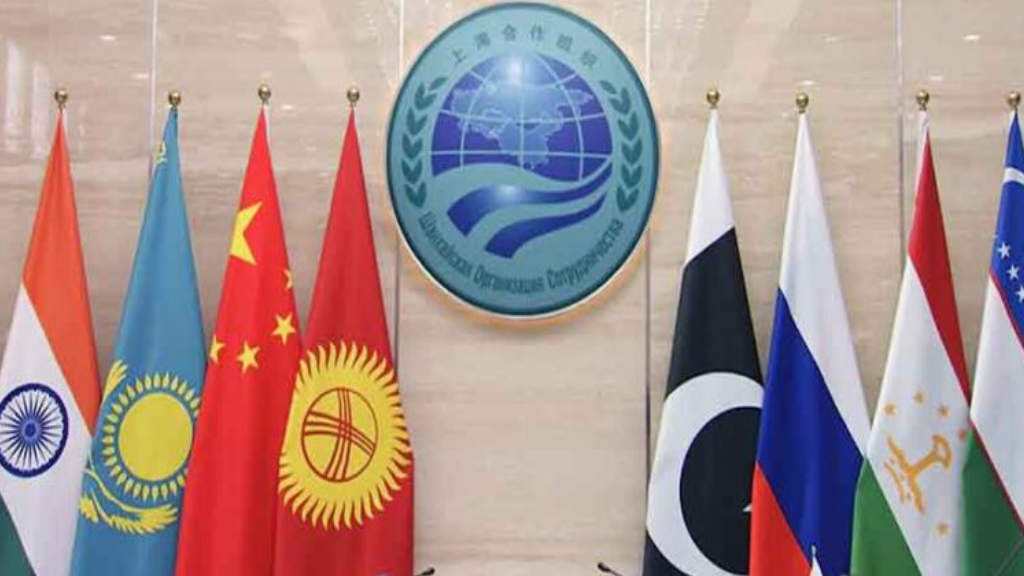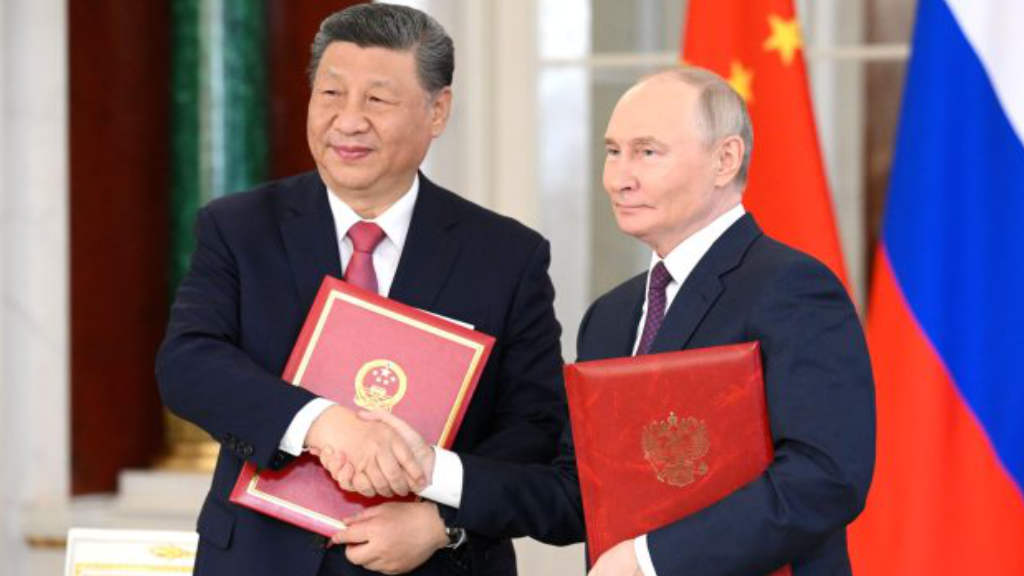The share of national currencies in the Eurasian Economic Union (EAEU) trade currently amounts to 90%, according to Russian Prime Minister Mikhail Mishustin, speaking at the end of February this year. According to him, the percentage of use of domestic currencies is still growing.
The EAEU, which is based on the Customs Union of Russia, Kazakhstan, and Belarus, was established in 2015, and was later joined by Armenia and Kyrgyzstan. In 2016, Vietnam became a free trade partner of the EAEU. The EAEU is a Free Trade bloc designed to ensure the free movement of goods, services, capital and workers among member countries. Currencies include the Russian Ruble, Armenian Dram, Belarus Ruble, Kazakhstan Tenge and Kyrgyzstan Som.
| 2024 Performance against the US Dollar | January 1 | March 15 |
| Russian Ruble | 89.21 | 90.81 |
| Armenian Dram | 424.98 | 402.0 |
| Belarus Ruble | 3.13 | 3.24 |
| Kazakhstan Tenge | 218.8 | 222.3 |
| Kyrgyzstan Som | 112.3 | 111.7 |
The 2.5M 2024 data above indicates the EAEU is generally becoming slightly more export competitive against US dollar prices commodities. Although changes are small these can have significant impacts on trade measured in billions of dollars.
Mishustin made the comments while addressing a meeting of the EAEU Intergovernmental Council. During his remarks, he highlighted that in the first 11 months of 2023, GDP of the EAEU grew by approximately 3.5%, while industrial production gained almost 4%, and retail turnover rose by more than 6%.
As trade within the EAEU continues to grow, member countries have been reducing the use of the US Dollar and Euro and instead turning more to national currencies in mutual settlements. Russian President Vladimir Putin has called on the member states to create a common dollar-free payment system with the aim of “boosting economic sovereignty.”





